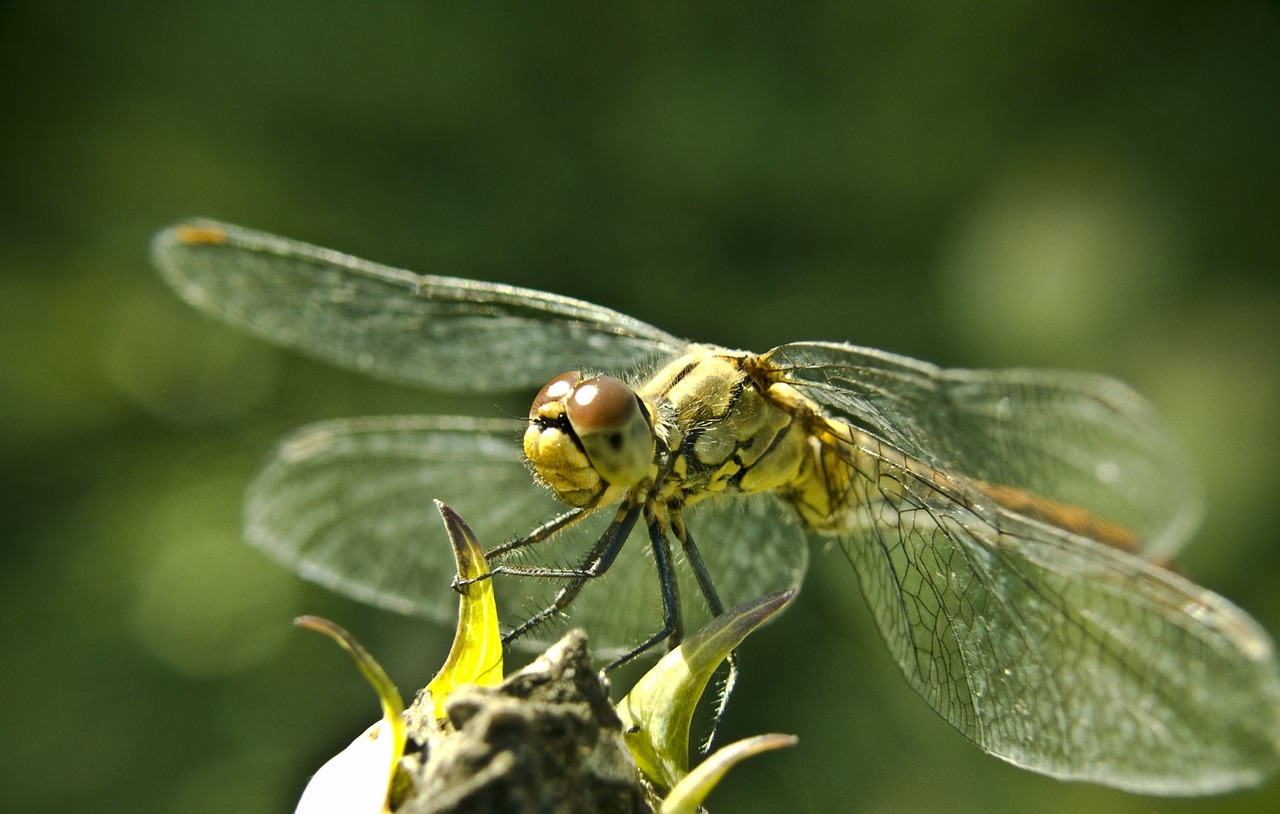Insects are a class of animals: Other classes within the animal kingdom include mammals, birds, reptiles, and fish. Insects are invertebrates, meaning that they do not have a backbone. In fact, they do not have any bones at all; instead, they have an exoskeleton made of chitin, the same substance that forms the shells of crustaceans like crabs and shrimp. The body of an insect consists of three sections: the head, the thorax, and the abdomen. Insects also have six legs which are connected to the thorax.
When most people think about insects: they think about flying insects, such as flies, mosquitoes, bees, and beetles, but, actually, not all insects fly. Some species of ants do not fly, but ants are insects. Even flying insects do not fly at all stages of their life cycle, only at the adult stage. When a young insect hatches from its egg, it is a larva, which resembles a worm. You may have seen caterpillars crawling on leaves before; they are the larvae of butterflies. The silkworm is not a worm at all; it is actually the larva of the silkmoth. The larvae of some flying insects are so small that you can hardly see them unless you are looking for them.
Humans regard some species of flying insects as a nuisance: if you have ever been bitten by a mosquito or stung by a bee or wasp, you can see why people would want to avoid them. In some cases, a mosquito bite can do more than just cause an itchy lesion; in some parts of the world, malaria and other diseases can be transmitted by insect bites. Another conflict between flying insects and humans is that they often want to eat the very same plants that people are growing as food for themselves. Many farmers regard the praying mantis, which is also an insect, as a friend because it eats other insects that damage crops. Of course, you do not have to be a farmer to know that some flying insects will take any opportunity to eat your food. When you go on a picnic, it seems like flies are always buzzing around your food.
Of course, not all flying insects want to eat your food. Some of them, like bees, eat pollen, which they collect from flowers. Bees are beneficial to flowering plants, because they spread pollen from one plant to another, which allows the plants to reproduce.

